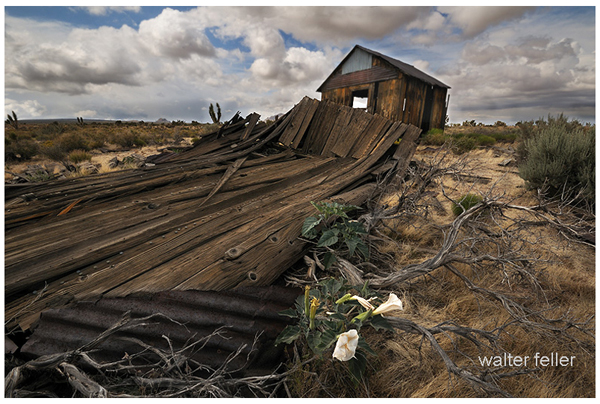/ghost-towns/
The Mojave Desert in the southwestern United States is home to several ghost towns and abandoned sites that reflect the region’s history of mining, ranching, and other activities.

Here are some notable examples:
- Calico Ghost Town:
- Located near Barstow, California, Calico is one of the most famous ghost towns in the Mojave Desert. It was a silver mining town in the 1880s and 1890s. Today, Calico is a county park and tourist attraction with preserved buildings and mining equipment.
- Rhyolite:
- Near Death Valley in Nevada, Rhyolite was a bustling gold mining town in the early 20th century. It had a population of several thousand people at its peak. The town had schools, banks, and even an opera house. However, it declined rapidly, and now visitors can explore the ruins of its former glory.
- Ballarat:
- In California near the Panamint Mountains, Ballarat was a supply town for the nearby mines in the early 20th century. It is known for its association with the infamous outlaw Charles Manson, who briefly stayed in the area.
- Bodie:
- Although technically not in the Mojave Desert (in the Eastern Sierra region), Bodie is worth mentioning. This well-preserved ghost town was a gold mining boomtown in the late 19th century. It’s now a state park; visitors can explore the abandoned buildings and artifacts.
- Panamint City:
- Nestled in the Panamint Range of California, Panamint City was a silver mining town that thrived in the late 19th century. The town’s remote location contributed to its decline and was abandoned by the early 20th century. The site is accessible by hiking, and some structures remain.
- Cima:
- Cima is a small ghost town in the Mojave National Preserve in California. It was a mining and railroad town in the early 20th century. While most of the buildings are gone, the area still has some remnants of its past.
- Ivanpah:
- Ivanpah, located in California, was a mining town that saw activity in the late 19th and early 20th centuries. Today, only a few structures remain, including stamp mill ruins.

Exploring these ghost towns and abandoned sites provides a fascinating glimpse into the history of the Mojave Desert and the people who once inhabited these remote areas. Keep in mind that some of these sites may be on private land or protected areas, so it’s essential to respect any restrictions and regulations in place.
